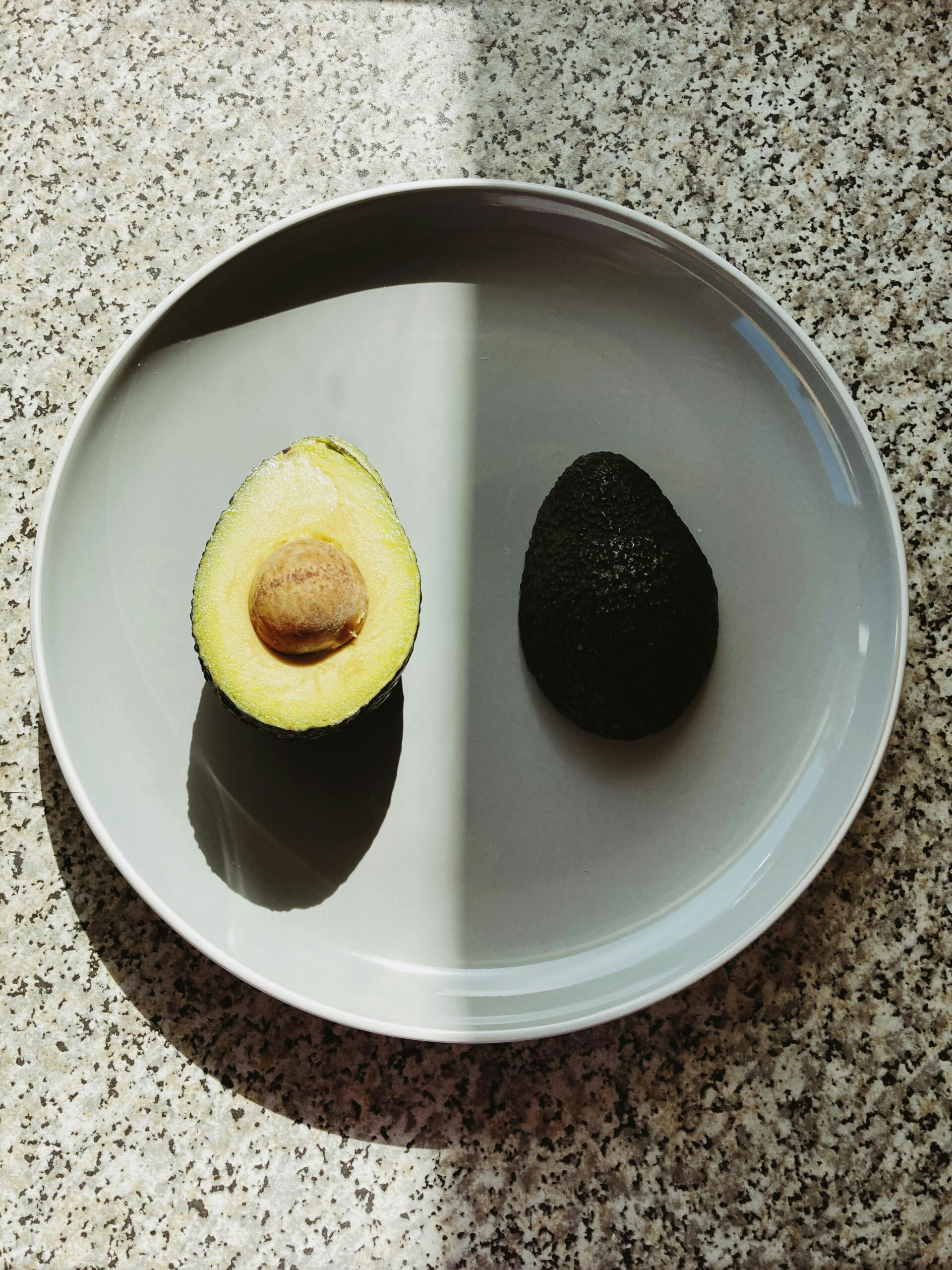Over the years, the Keto diet has gained a lot of attention and popularity due to its big promises of weight loss and optimum health, just like all the other fad diets out there. However, this is only a quick- fix, it is extremely strict and not sustainable. Research related to the effectiveness of this diet in treating obesity and diabetes is limited.
What is it and why does the Ketogenic Diet exist?
The ketogenic diet (KD) is a high fat, low carbohydrate, controlled protein diet that has been used since the 1920s for the treatment of epilepsy. The diet is a medical treatment and is usually only considered when at least two suitable medications have been tried and proven to be ineffective. The ketogenic diet is an established treatment option for children with drug-resistance epilepsy. However, adults may also benefit from dietary treatments. Dietary treatments for epilepsy must only be followed with the support of an experienced epilepsy specialist and dietitian (food specialist).
The ketogenic diet is an established treatment option for children with drug-resistance epilepsy. However, adults may also benefit from dietary treatments. Dietary treatments for epilepsy must only be followed with the support of an experienced epilepsy specialist and dietitian (food specialist).

How does this diet work?
Ketosis is a metabolic adaptation where your body needs to survive in starvation mode. It breaks down ketone bodies which is a fuel the liver produces from fat stores. In order to achieve ketosis, the diet requires you to eat 75% of your calorie intake in fat, when in reality fats should only make up 20-35 % of your calorie intake. It also deprives you of carbohydrates, allowing you to consume fewer than 50 grams (that’s 2 medium sized bananas only!). On average, a person consumes minimum 250g of carbohydrates. With the ketogenic diet, the body mostly uses ketones instead of glucose for its energy source.
How is the diet monitored in Epilepsy patients?
To check that the diet is producing ketones, ketone levels are checked using a blood test, or a urine analysis stick, which is dipped into a container of your or your child’s urine. The blood test involves a small pin prick on the finger (similar to monitoring diabetes).
What are the side effects of doing Ketogenic Diet as a Fad?
- During the transition phase, when the body switches over its fuel supply from glucose to ketones, you experience flu-like symptoms, also called Keto-flu.
- At the beginning the body begins to lose water, sodium and minerals such as potassium leading to dehydration, dizziness, drowsiness, headaches and muscle cramps.
- Due to the high fat intake, the level of lipids and cholesterol increases.
- There are other health related concerns such as low blood pressure, kidney stones, constipation, nutrient deficiencies and increased risk of heart disease that are potential side effects of the ketogenic diet.
- Even mental health issues such as social isolation or disordered eating have been observed amongst people who adhere to this diet very strictly.
- Very restrictive and can cause obsessive eating patterns.

Why Veto the Keto?
Even if the diet does work for some, your body composition will change, and you will be left with a higher fat to muscle ratio. Which means that when you get back to regular eating, for how long can you go without carbs? Your metabolism will be less efficient because of the higher fat content due to the fact that muscle burns more calories, at rest, than fat. You will wind up gaining more weight. It may work, therefore, in the short term, but definitely not in the long.
Considering all these side effects discussed above, people who already have existing health concerns should not even attempt this diet. It is not sustainable, and it demonises many foods and food groups, which should not be encouraged. This diet is designed for a certain condition and should solely be used for that purpose only.
By: Humaira Azeem


